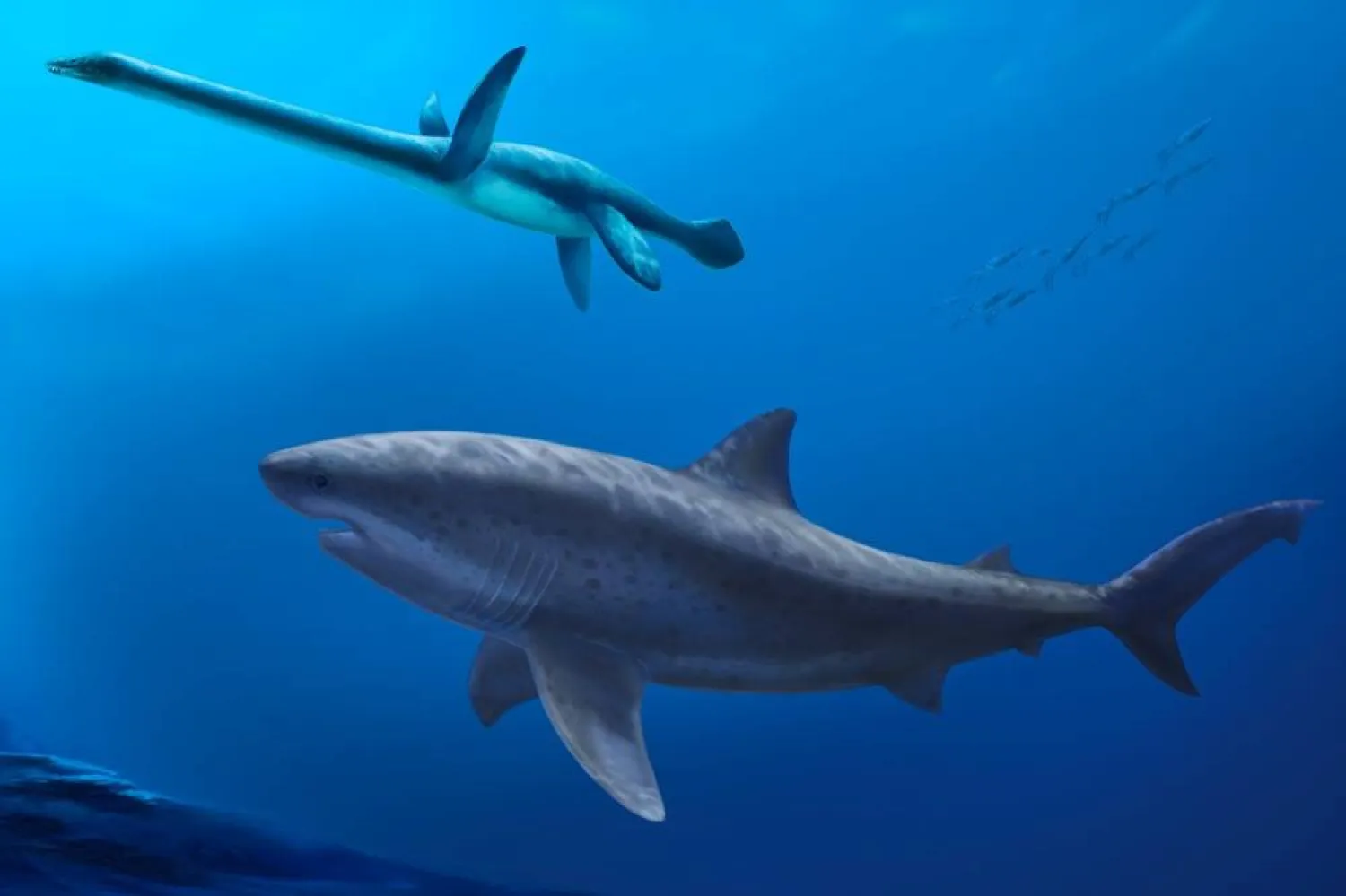Invasive round goby fish have impacted local fisheries in the US by competing with native species and eating the eggs of some species. This problem affects the Finger Lakes in New York.
When the researchers started their study, they realized that these invasive fish can be difficult to find and collect - especially when they first enter a new body of water in small population. However, the researchers claim they addressed the problem by analyzing the so-called environmental DNA - or eDNA - from water samples.
During the study, researchers from the University of Cornell explored the Cayuga Lake, one of the Finger Lakes, and proved that they can use this technique to detect invasive fish before they spread in large numbers. The findings were published January 12 in the journal Molecular Ecology.
"With these new advancements to eDNA methods, we can learn not only which invasive species are present in the environment, but because we identify the genetic diversity in the samples, we can also predict how many individuals there are and possibly where they came from," David Lodge, professor of ecology and evolutionary biology in Cornell said in a report published on the university's website.
"For the first time, we demonstrate that there is sufficient genetic information in environmental samples to study the status of invasive difficult to monitor species without the need for direct contact," added Jose Andrés, researcher in the Department of Ecology and Evolutionary Biology.
Since the method provides a genetic signature of individuals in a sample, scientists might be able to pinpoint where they came from by matching their DNA with populations from other areas.
"We would be able to tell genetically if round gobies were introduced by ships from Europe, which is how they originally got to the U.S. lakes, or by some other means of introduction. Knowing this information might be helpful if we hope to stem new introductions," said Andrés.




![A school of fish swim in an aquarium at the Scientific Center of Kuwait on 20 March 2016 [YASSER AL/ZAYYAT/AFP/Getty Images]](https://static.srpcdigital.com/styles/1037xauto/public/2021/01/16/fish.jpg.webp)




